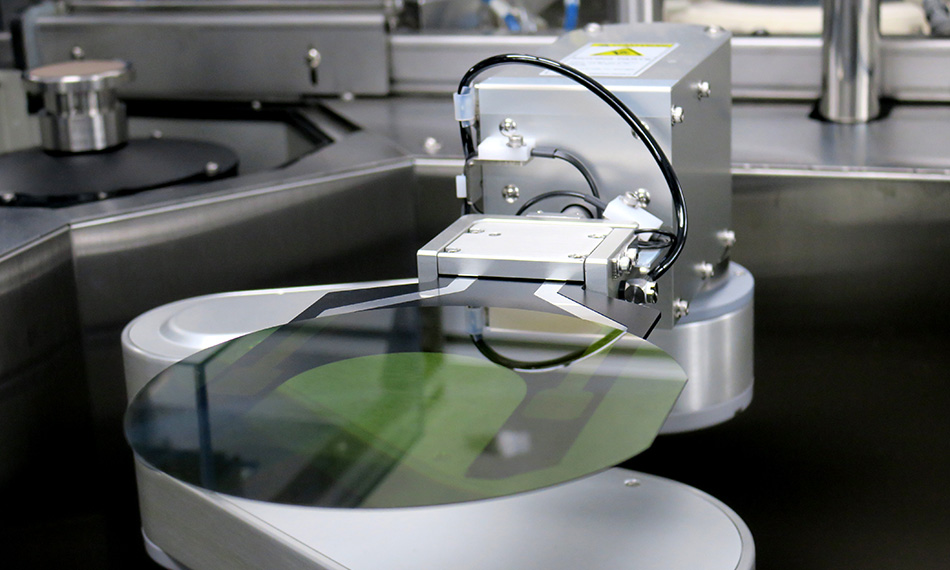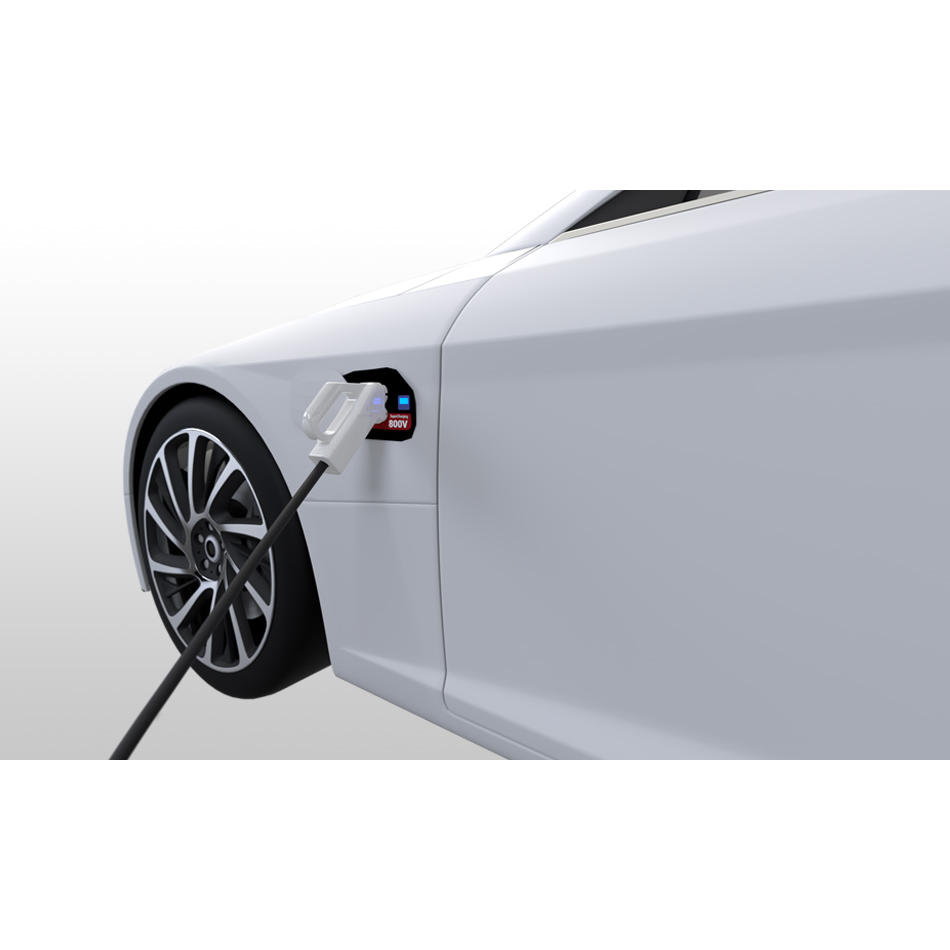Jump-starting the EV Market
Power electronics built on SiC from Coherent will boost EV range, cut charging times, and lower costs, reinvigorating the market.
June 27, 2024 by Coherent

Main elements of an EV powertrain.
Electric vehicle (EV) sales have stalled, primarily due to consumer resistance from prolonged charging times and higher purchase prices compared to traditional gas-powered vehicles. To address these challenges, EV manufacturers are shifting to 800 V systems, which offer several additional advantages.
But transitioning to 800 V takes more than just a higher voltage battery; in fact, 800 V places very different requirements on the power electronics. As a result, silicon carbide (SiC) has emerged as an alternative semiconductor material to the silicon traditionally used for high-voltage power electronics because it bypasses the roadblocks facing legacy technology. Let’s see why and how.
Higher Voltage, Better Performance
In their drive to enhance EV efficiency and consumer appeal, automakers have focused on the adoption of 800 V electrical systems. This higher voltage is not merely a technical upgrade; it’s a transformative approach to how EVs are powered that offers substantial benefits over 400 V systems that are predominantly used today.
One of the primary advantages of 800 V technology is a dramatic reduction in charging times. This is because as voltage increases, power can flow to the vehicle’s battery more rapidly. This capability is not just a convenience but a crucial development in making EVs more practical for the average consumer.
Furthermore, 800 V systems enhance the overall energy efficiency of an EV. The relationship between power, current, and resistance (Power = Current × Voltage, or Power = Current² × Resistance) tells us that by increasing the voltage and decreasing the current, less energy is lost as heat during power transmission.
A reduction in current also allows for the use of a lighter wiring harness in the vehicle, which can have a significant impact in terms of decreased manufacturing costs and vehicle weight. And, reducing vehicle weight will, in turn, increase the driving range. Together, these are just some of the reasons why automakers including Porsche, Audi, Genesis, Hyundai, and Kia are already building vehicles with 800 V battery packs.
Getting the Most from 800 V
Realizing the full benefits of 800 V architecture in an EV requires a key innovation. Specifically, power electronics must be upgraded to work optimally at this higher voltage.
Power electronics refers to systems for the control and conversion of electric power. The EV drivetrain utilizes high voltages. Typically, the bus voltage is the same as the battery voltage – 800 V in this case.
The traction inverter (that drives the motor and propels the wheels) are high-power in the order of a few 100 kW. These inverter topologies require high-efficiency switches with the ability to transfer large currents and withstand high voltage. These would be close to 2 kV for 800 V systems.

SiC wafer production
In the past, these power switches were typically insulated gate bipolar transistors (IGBTs) fabricated on silicon. Unfortunately, silicon IGBTs simply don’t work well at high switching frequencies, where they suffer from efficiency losses, and can’t operate at voltages greater than 1500 V.
Silicon carbide (SiC), a wide bandgap semiconductor, offers a solution. SiC metal-oxide-semiconductor field-effect transistors (MOSFETs) offer superior characteristics over silicon-based components, including higher temperature tolerances, faster switching speeds, and greater efficiency. They are virtually ideal for the higher voltage demands of 800 V EV systems.
Thermal management using SiC-based materials for 800 V power modules
In addition to functioning as a high-power switch, SiC directly addresses another of the most significant challenges in EVs, namely thermal management. In the form of reaction-bonded Si/SiC composite (RBSiC), SiC acts as a high thermal conductor. This enables it to remove the heat effectively in the power modules that house these power switches. Additionally, its excellent thermal expansion characteristics, ability to operate at high temperatures, high strength, and high strength-to-weight ratios makes it an ideal baseplate material for power modules.
In summary, by efficiently handling higher voltages and currents while generating less heat, SiC components – both as semiconductor power switches and a composite material for thermal management – enable 800 V systems. Together, they reduce the need for extensive and bulky cooling systems, which can further reduce vehicle weight and complexity. Coherent supports this technological shift with our comprehensive capabilities for volume production of SiC wafers and epitaxy, with a long-term plan to manufacture SiC-based devices along with high volume deposition capability for thermal management solutions.
Besides EV powertrain components, Coherent is involved in several other facets of cutting-edge vehicle technology, as well. Learn more about how we enable improved in-cabin sensing, thermal management, and automotive LIDAR.



